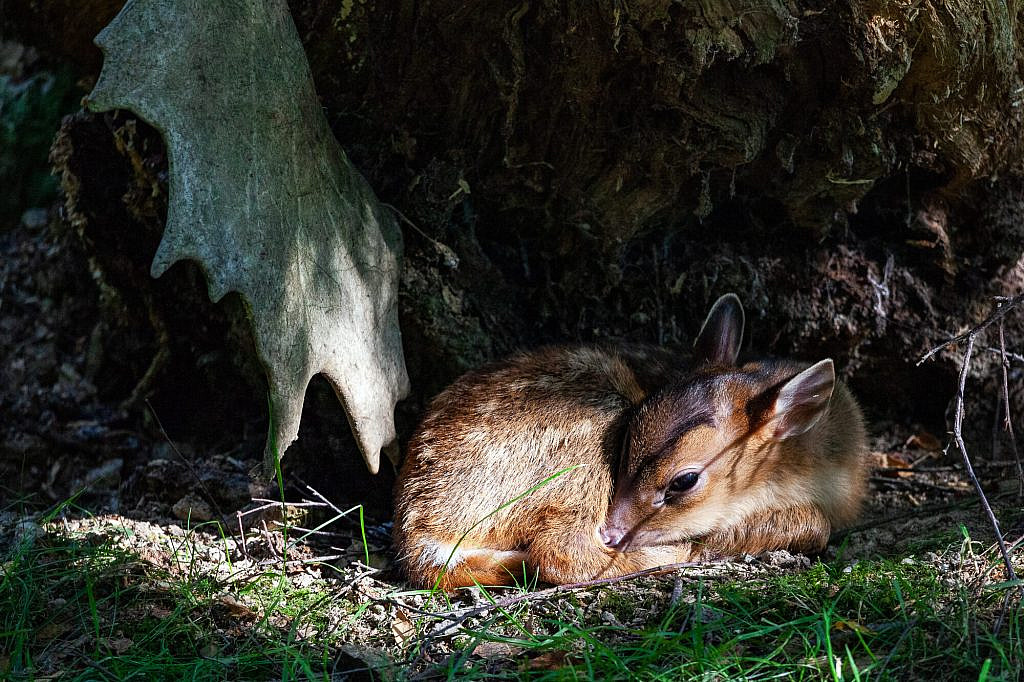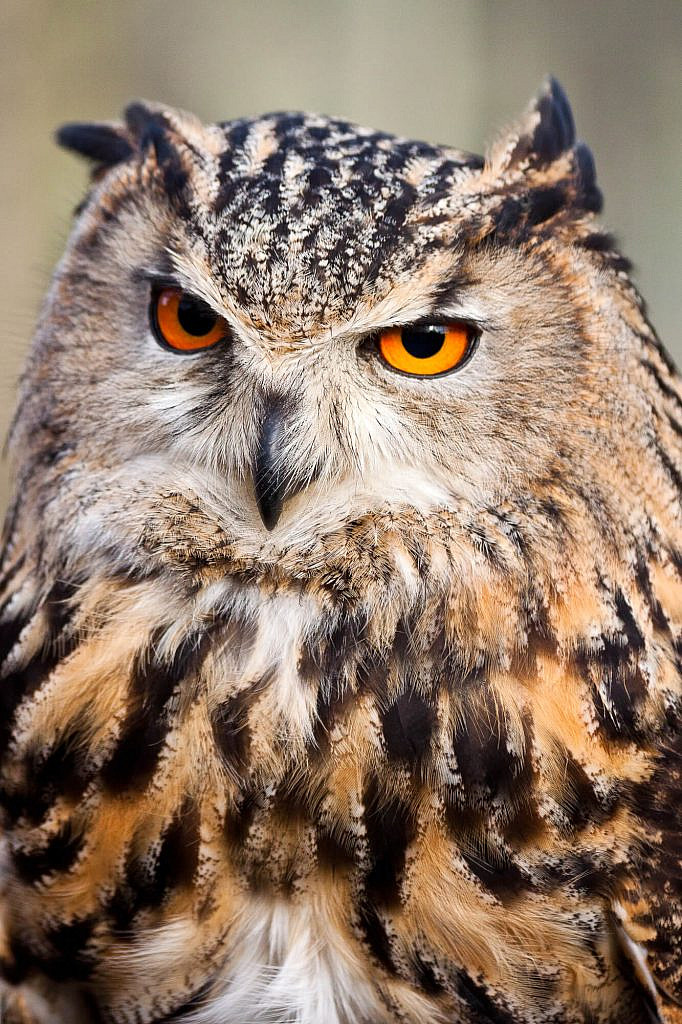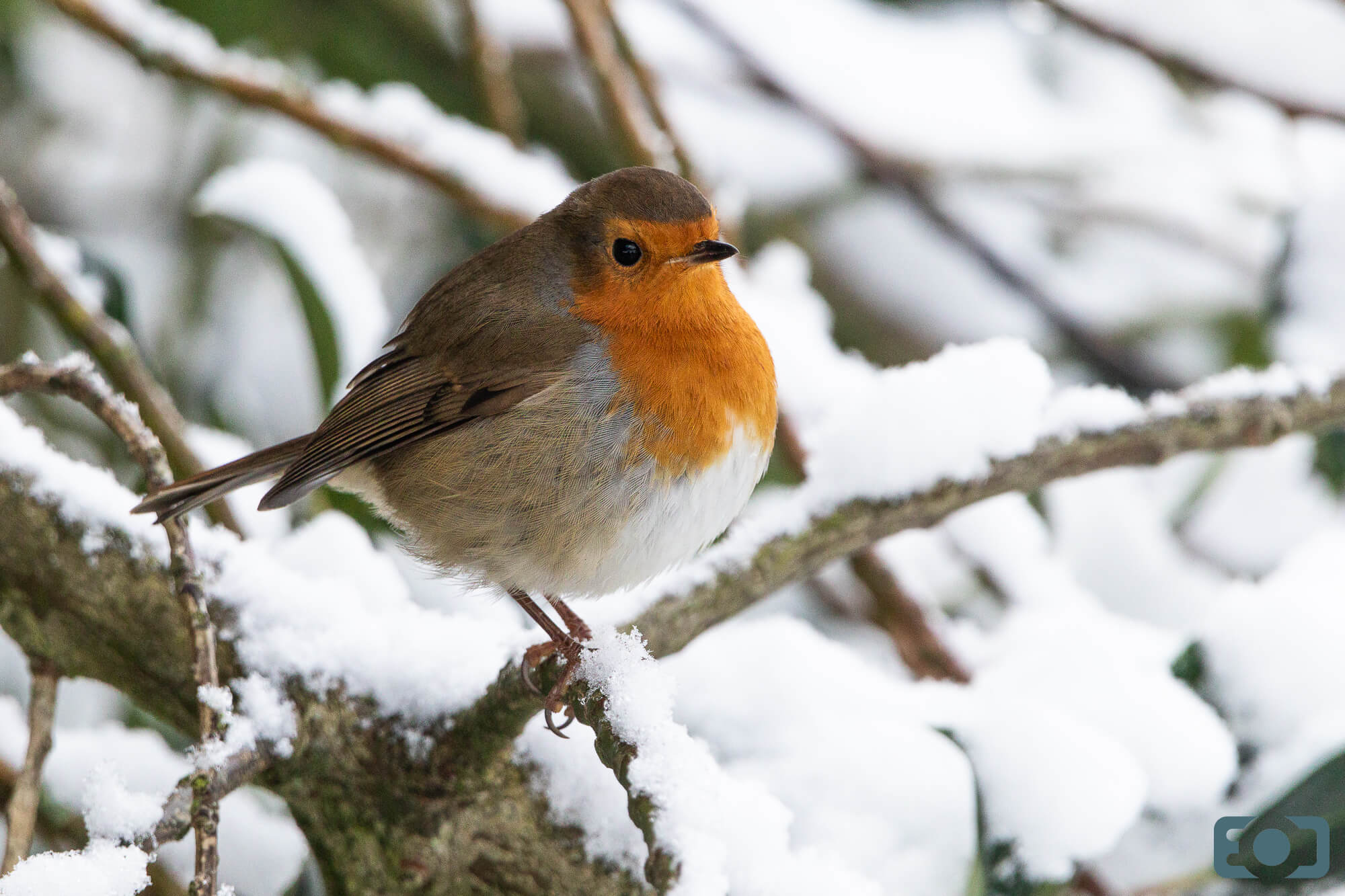If you’re looking for an exciting new way to express your creativity, wildlife photography is the perfect place to start! The natural beauty of wildlife and landscapes can be a stunning subject for any photographer. But before you head out into the wilderness, there are a few tips and tricks you should keep in mind if you want to capture the best shots possible.
Wildlife photography is an exciting and rewarding hobby for many photographers. Whether you’re just starting out or have been photographing wildlife for years, there are a few key tips and tricks that will help you capture breathtaking images in the field. First, it’s essential to understand the basics of composition, lighting, and setting up your gear. You’ll want to make sure that your equipment is well-maintained and ready for any shooting conditions. Additionally, learning how to properly use zoom lenses in order to capture stunning close-ups of wild animals is an important skill.

Equipment
When it comes to wildlife photography, having the right equipment can make all the difference between capturing stunning images and missing out on a once-in-a-lifetime opportunity. While there are many essential items to consider when beginning your wildlife photography journey, here are some of the most important pieces of gear you should have with you at all times:
1. Camera – Any digital SLR camera with manual settings will do. Look for one that has fast shutter speeds, plenty of megapixels, a good ISO range and a great sensor!
2. Lenses – Long telephoto lenses are essential for getting close-up shots from afar without disturbing your animal subjects. A wide-angle lens is also useful for creating interesting compositions by incorporating more of the environment in your photos. You may also want to invest in extenders so that you can get even closer shots without disturbing the animals. Consider lenses with image stabilizer to avoid any camera shake.
3. Tripod – A sturdy tripod can help keep your camera still during long exposures or when shooting with low light conditions. Make sure it’s lightweight so you can easily carry it around during hikes or treks through nature reserves.
4. Filters – Neutral density (ND) filters allow you to reduce the amount of light entering your lens, which can be useful for creating motion blur effects or long exposure shots during bright days. Polarizing filters also come in handy for reducing glare and increasing saturation in shots taken outdoors.
5. Flash unit – An external flash unit gives you more control over lighting wildlife subjects and adds depth to shadows in outdoor scenes. Diffusers can also help soften harsh shadows produced by a direct flash as well as boost colour saturation in low-light environments such as caves or dense forests!

Location
When it comes to photography, location is key! Make sure to research ahead of time and find places where wildlife frequent so that you have more luck spotting them when you arrive. If possible, try to get as close as possible without disturbing them too much; this will help ensure that you get the most detailed shots possible. Additionally, pay attention to where the sun is coming from; this will help create interesting shadows and highlights throughout your photos for added depth and dimension.
Look for areas where there is abundant natural light and plenty of vegetation, as this will give you an ideal setting for capturing perfect shots of animals in their natural environment. Also, try to find locations where animals tend to congregate in large numbers; this will give you plenty of opportunities to practice your skills while looking for that perfect shot!

Composition Techniques
When shooting a wildlife photo, the composition is key. Pay attention to what’s happening behind the animal as well as its facial expression; this will help create an interesting story within each frame. Aim for symmetry whenever possible by creating balanced compositions with the animal at the centre of the shot—this usually makes for more visually pleasing images. Lastly, be sure not to forget about using leading lines and negative space effectively—these techniques can really add depth and texture to your images! I think that using a shallow depth-of-field is key in wildlife photography, make sure the subject is in focus and the background nice and blurred!
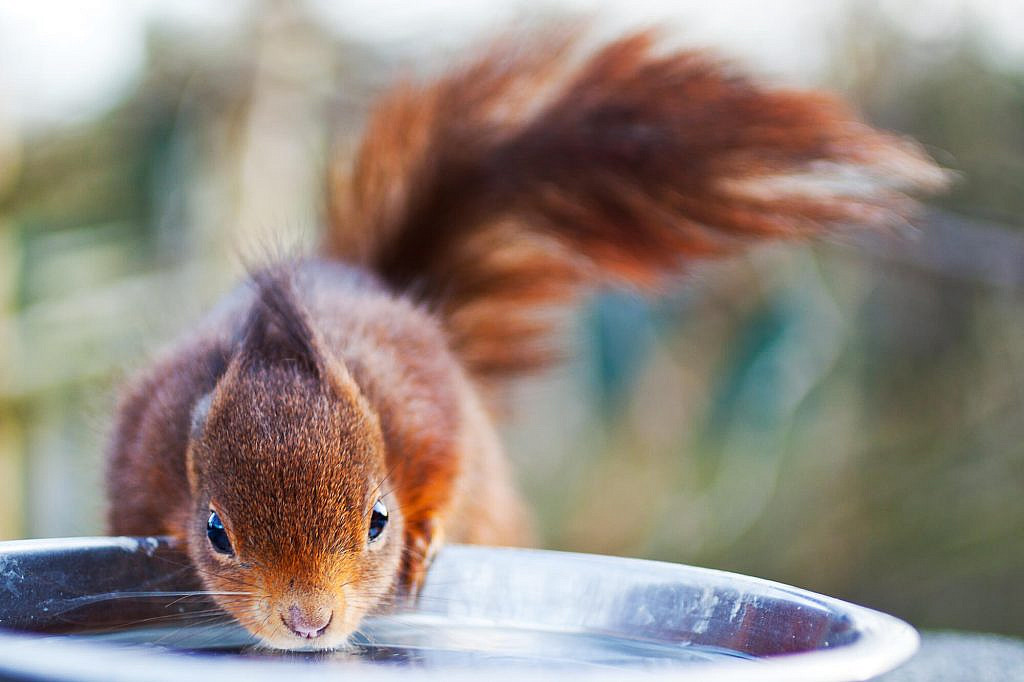
Patience
Wildlife photography isn’t just about having the right equipment; it’s also about having patience! You never know how long it might take before an animal shows up in view, so make sure to bring snacks and enough water with you on your shoot. Remember that animals aren’t always predictable – they could show up at any moment or not at all – so don’t get discouraged if they don’t appear right away! Just stay patient and keep trying until you get those amazing photos.
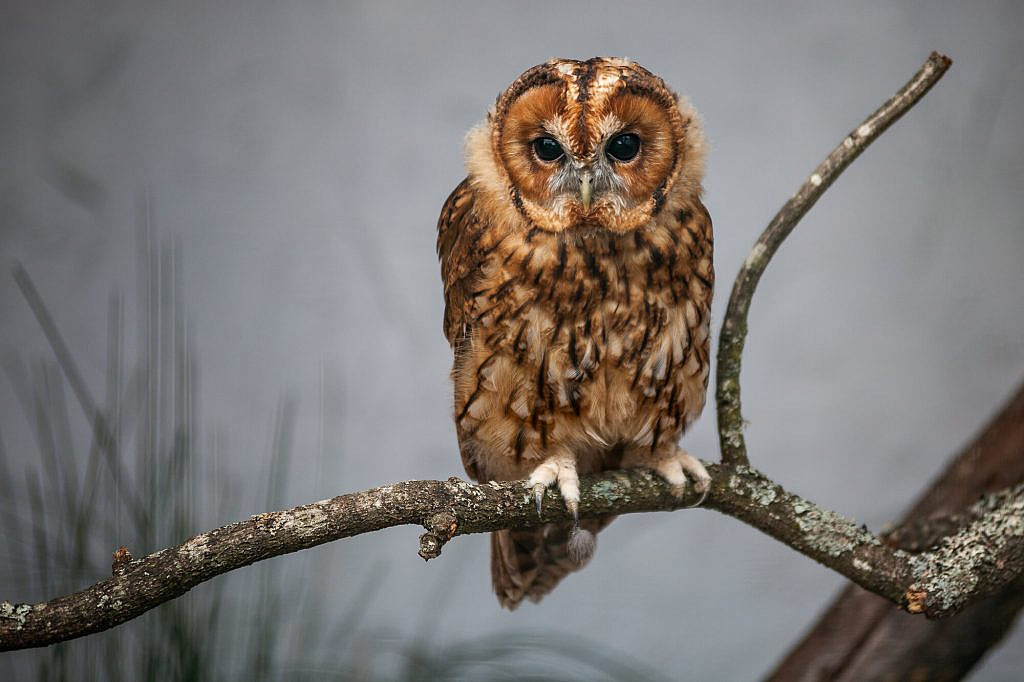
Conclusion
Wildlife photography is both an exciting and rewarding experience—but it’s not without its challenges! To become successful in Wildlife Photography, one must be patient, well-equipped with quality gear, and have knowledge of their surroundings.
Most importantly, be sure to always respect animal habitats at all times – both for your safety and for the safety of these magnificent creatures. With an understanding of animal behaviour and dedication to the craft, UK-based wildlife photographers have some incredible opportunities right on their doorstep!
Following these tips should set photographers up for success when they head out into nature with their cameras ready to capture breathtaking images of wildlife! So grab your camera gear, pick a spot out in nature, and get ready for some fantastic wild animal encounters! Good luck!

